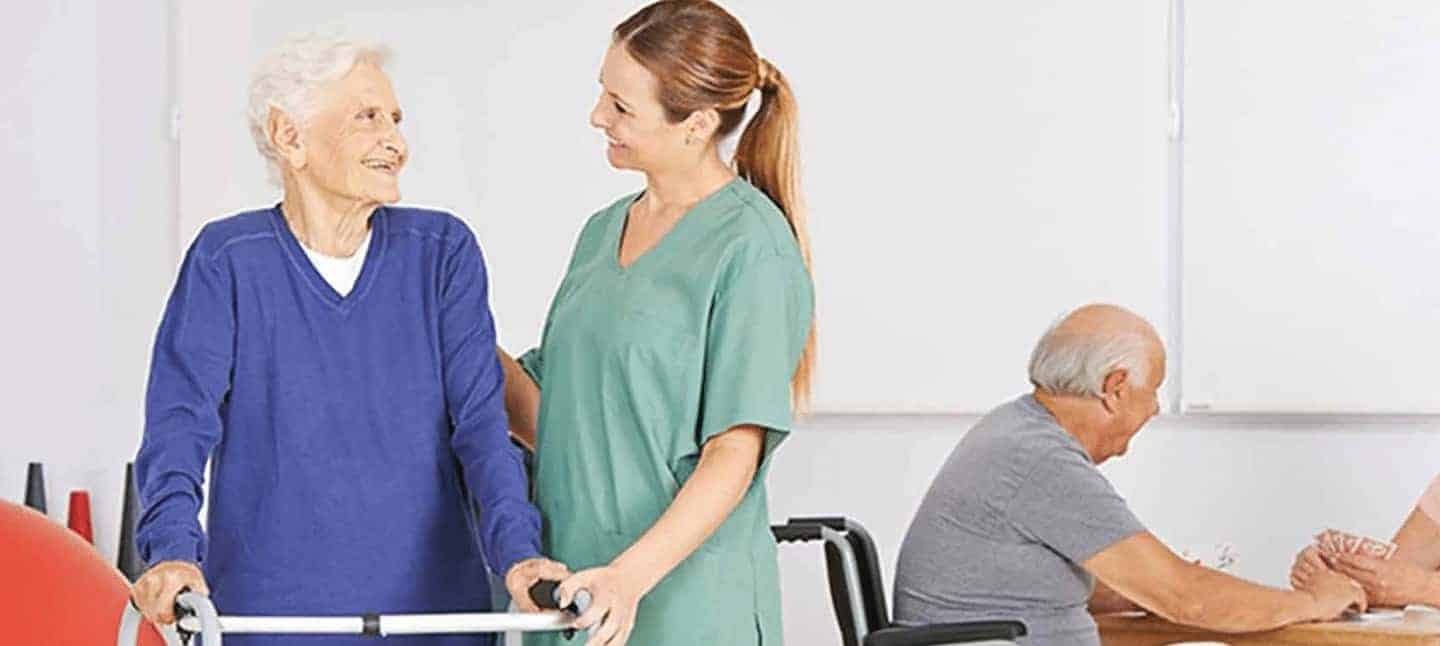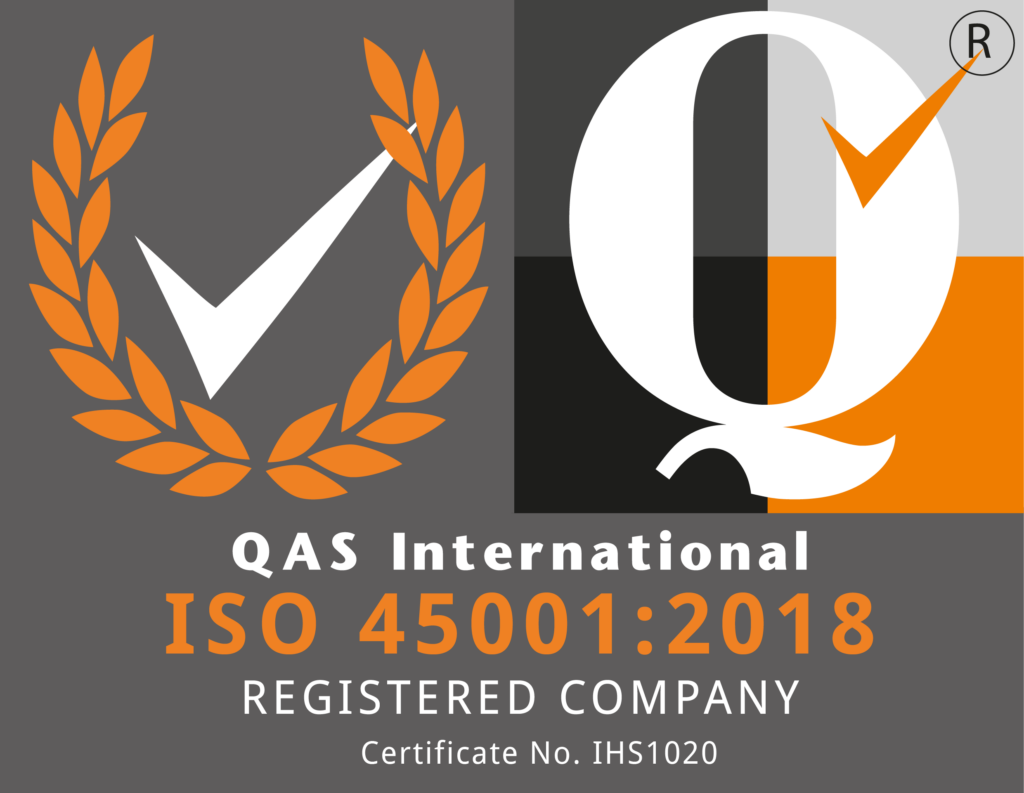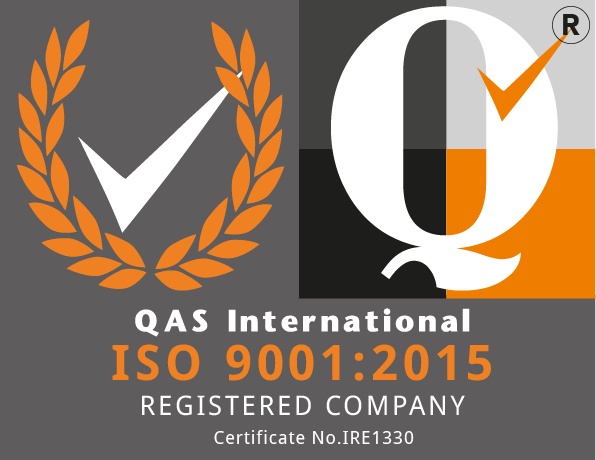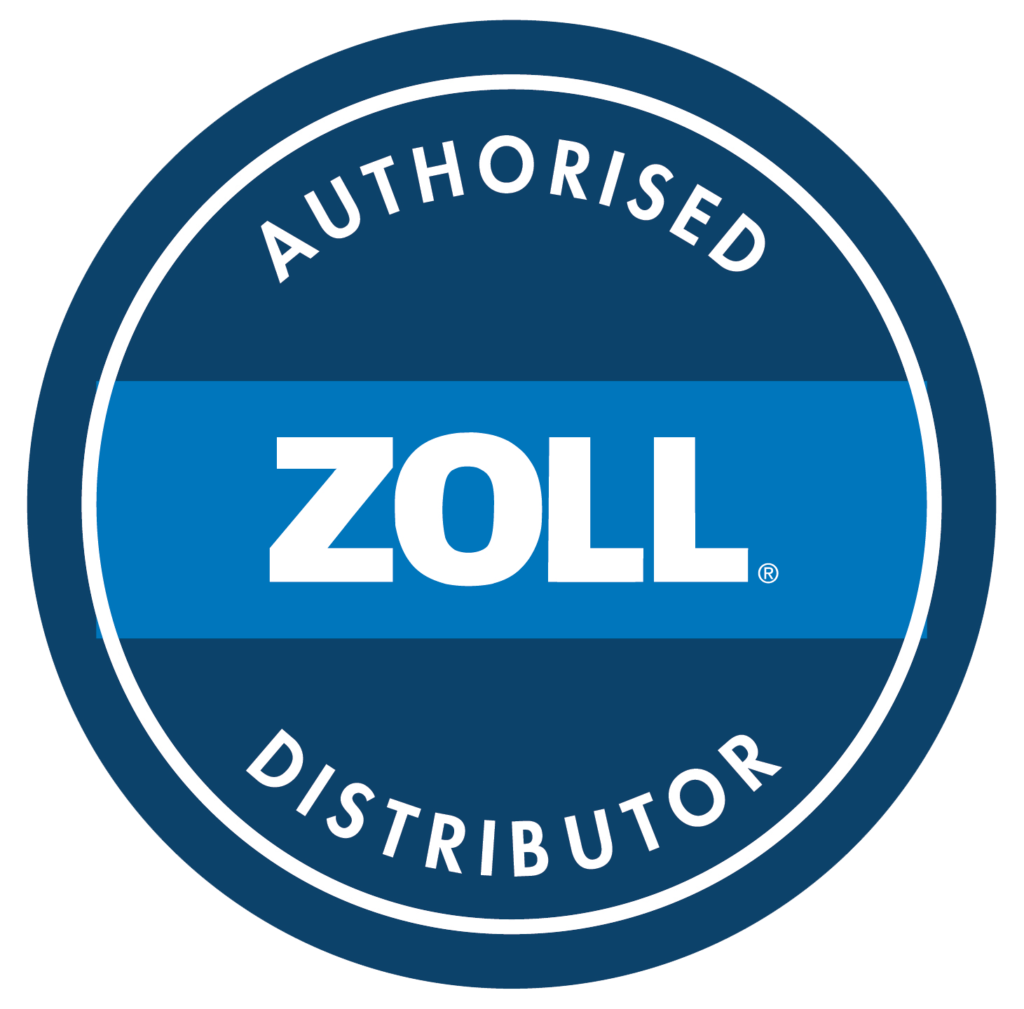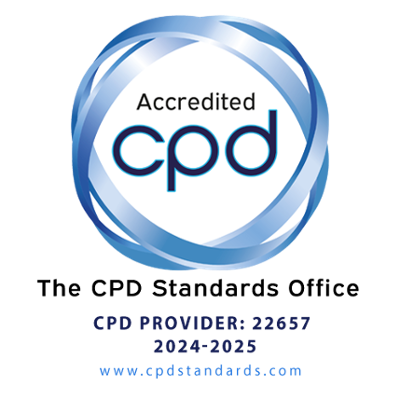The People Moving & Handling Course incorporates Risk Assessment and will ensure that your organisation is compliant with the HSA, HSE and HIQA patient/resident moving requirements. Learners will understand how to utilise equipment through the recommended best methods and safe techniques and protect the dignity of the patient/resident.
The Manual Handling Section of the Course can also be delivered which blended learning.
The first option should be to remove or reduce the need for manual handling. The HSA provide guidance explaining how this can be achieved. Just providing training will not reduce injury rates and will not protect anyone. The training needs to be specific and relevant to the tasks involved. So, if your job involves moving or supporting a person within a healthcare premise, the training should reflect this. In other words, you don’t just need to be told how to lift a box.
Manual Handling Regulations only apply to a work activity that ‘because of its characteristics or unfavourable ergonomic conditions, involves risk, mainly back injury, to employees. However, where manual handling does involve a risk of injury, the employer needs to act. Manual handling activities cause a third of all workplace injuries reported to the HSA. Those injuries are a leading cause of work disability, and 80% of people will experience back pain at some time in their lives.
The Definition of Manual Handling
The definition of manual handling in Regulation 68 refers to activities where the characteristics of the load pose a risk, and the ergonomic conditions of the activity are unfavourable. Regulation 69(c) requires that a risk assessment be carried out on all work tasks which involve manual handling activity. The risk assessment process should ensure that these activities are assessed to identify risk factors and to decide on appropriate control measures, including both engineering and organisational, to avoid or reduce the risk of musculoskeletal injury. This assessment should critically review manual handling operations.
Course Aims
- Inform learners of the concept of manual handling, people moving, risk assessment and the extent of back pain and its cause
- Demonstrate to learners how to assess moving people safely and protect the person’s dignity at the same time
- To highlight measures to reduce manual handling through organisational solutions, such as reduced loads or assisted manual handling techniques and the use of mechanical devices
Course Objectives
- Recognise unsafe and hazardous moving or lifting situations
- Carry out a manual handling risk assessment (TILEO)
- Understand and apply the eight (8) principles of safe moving and lifting
- Understand relevant manual handling legislation in Ireland
- Understand the basic anatomy of the spine
- Utilise measures to reduce common manual handling injuries
- Be aware of the types of injuries that people may suffer as a result of incorrect handling techniques
- Ensure employers are compliant with the relevant legislation
Who Should Attend This Course?
All staff engaged in people moving activities such as nursing staff and carers during their working day
Pre-Course Requirements
- English is the language in which training is delivered, and learners must have fluency in English
- Learners should wear appropriate clothing for an interactive and practical course
- Please inform the Instructor of any medical condition that you may have if you feel relevant to the training and, in particular, the practical work
- The centre is required to provide suitable training areas in line with government guidelines on the management of covid-19
- The centre will be required to supply equipment on-site for this training, wheelchair, hoist, bed/profiling bed, etc
- Please let us know if learners have any specific learner requirements
Course Programme
- Safety Health & Welfare at Work Act 2005
- General Application Regulations 2007
- Ergonomics
- Musculoskeletal System
- Anatomy, Structure & Function of the Spine
- Posture
- Eight (8) Principles of Safe Handling
- Safe Handling Techniques
- Five (5) basic Manual Handling lifts
- Maintaining fitness
- Practical manual handling techniques
- TILEO
- Safe working height of beds
- Logrolling
- Sitting patient/resident up in bed (3 techniques)
- Moving patient/resident up the bed using sliding sheet
- Sitting patient/resident to the edge of a bed
- Sit to stand and stand to sit
- Transferring patient/resident from bed to chair using various methods (banana board etc.)
- The falling patient/resident control techniques
- Demonstration in the use of hoists
Tutors
Our tutors are well experienced in providing manual handling and people moving information within a healthcare setting. They will outline the staff’s essential duties and roles in preventing injuries when performing manual handling and people moving tasks. All our tutors hold a minimum;
- Minimal QQI Level 7 in their subject matter or higher
- Train-the-Trainer QQI Level 6 or higher
- People Moving Instructor Qualified
- Infection Control and Safeguarding Adults Qualified
Training Methods
- PowerPoint presentation
- Physical lifting techniques and practice
- Equipment demonstration and practice
- The section of the course the deals with the demonstration and practice requires a suitable training area in line with government guidelines on the management of covid-19
- Assessment
- 100% participation in the practical work is expected to successfully complete the course
Certification
- Upon successfully completing the Manual Handling and People Moving/Risk Assessment Training Course, learners will receive a Phoenix STS Training certificate
- The certificate will be valid for two (2) years
- Maximum Number of Learners
- As the People Moving & Handling Course is predominantly skill-based, it is limited to 10 learners; this allows adequate time for practice and demonstration with the skills modules of the course
Duration
With a maximum of ten (10) learners, the course duration is approximately seven (7) hours

